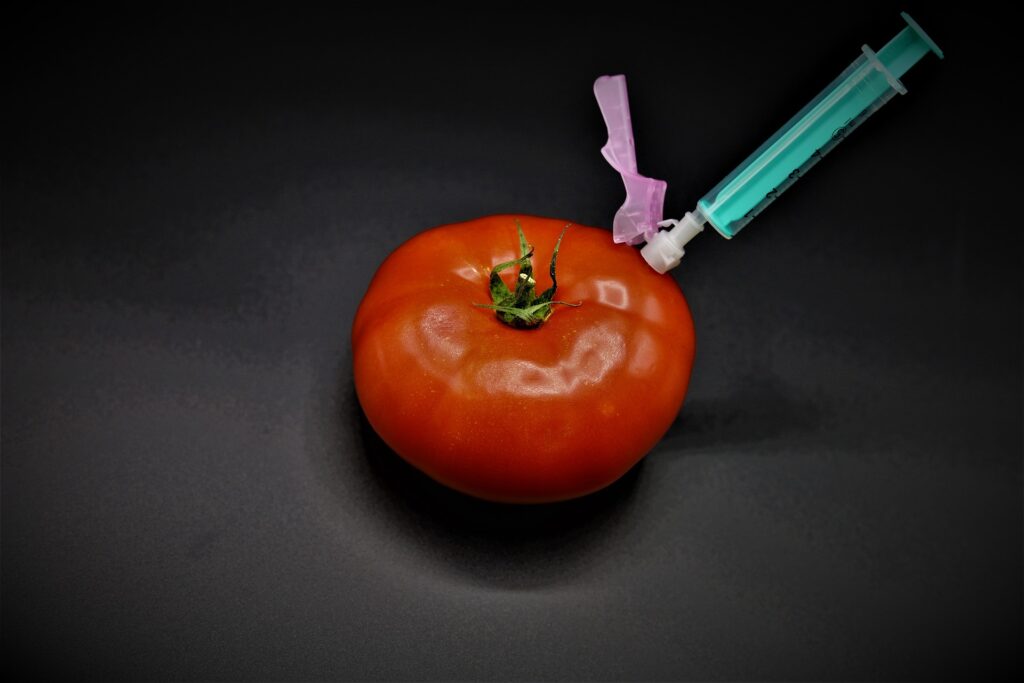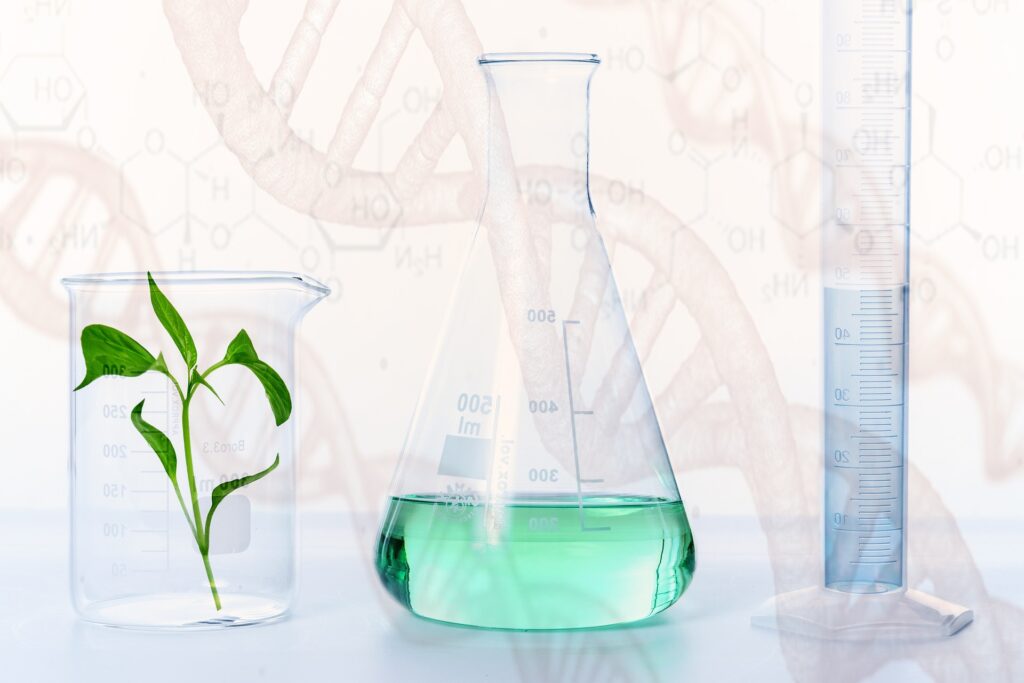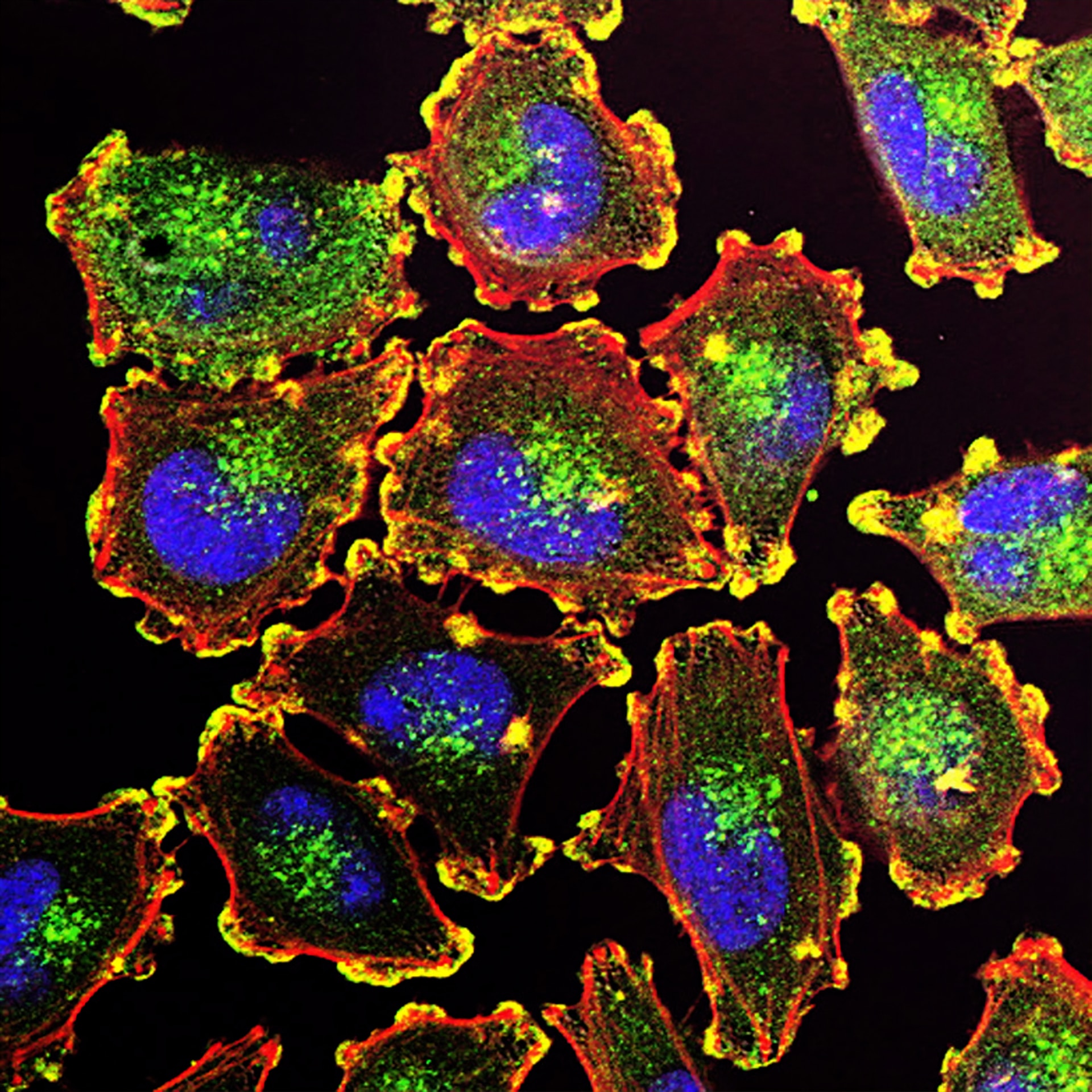The biotechnology industry has witnessed remarkable advancements in recent years, particularly in the field of genetic engineering. These innovations have the potential to revolutionize medicine, agriculture, and various other sectors. To protect their intellectual property and promote innovation, biotech companies and researchers turn to patenting their genetic engineering inventions.
However, the complex nature of genetic engineering and evolving legal landscapes make patent drafting a daunting task. This is where artificial intelligence (AI) steps in to transform the patent drafting process. In this comprehensive guide, we will explore the symbiotic relationship between AI and patent drafting in genetic engineering, unveiling how AI tools are streamlining the path to successful patents.
Understanding Genetic Engineering Patents
Before delving into the intricacies of AI-driven patent drafting, let’s grasp the significance of genetic engineering patents. These patents grant inventors exclusive rights to their genetic inventions, encouraging innovation and protecting the fruits of their labor. They play a pivotal role in the biotechnology industry by safeguarding novel gene-editing techniques, genetically modified organisms (GMOs), and groundbreaking therapies.
The history of genetic engineering patents is intertwined with the rapid development of biotechnology. In the 1970s, the birth of recombinant DNA technology paved the way for genetic engineering breakthroughs. As a result, the United States became the first country to issue a patent for a genetically engineered organism in 1980, sparking a global trend. This landmark decision in the Chakrabarty case established that living organisms engineered by humans could be patented, setting the stage for a new era in biotech innovation.

The Crucial Role of Patents
In the ever-evolving field of genetic engineering, patents serve as powerful tools to protect and incentivize innovation. They grant inventors a monopoly on their inventions for a limited period, typically 20 years from the date of filing. This exclusivity allows inventors to recoup their research and development costs, attract investment, and maintain a competitive edge in the market. Without patent protection, genetic engineering breakthroughs could be quickly replicated by competitors, stifling innovation and impeding progress.
The Challenges of Patent Drafting in Genetic Engineering
Navigating Complexity
Genetic engineering technologies are inherently intricate. Innovations often involve manipulating DNA, RNA, and proteins, requiring a deep understanding of molecular biology and biochemistry. This complexity makes it challenging for inventors and patent attorneys to draft clear and comprehensive patent applications. Ambiguities or omissions in patent claims can lead to disputes, jeopardizing the validity of the patent.
The Shifting Sands of Law
The legal landscape for genetic engineering patents is in constant flux. Laws and regulations vary across countries and regions, making it essential to navigate a complex web of rules. Moreover, judicial interpretations of patent law can change over time, impacting the scope of patent protection. Staying abreast of these legal developments is crucial for successful patent drafting.
The Imperative of Clarity
Clarity and specificity are paramount in patent drafting. Patent claims must precisely define the invention’s boundaries, leaving no room for ambiguity or misinterpretation. Achieving this level of clarity can be daunting, as genetic engineering patents often involve technical jargon and complex scientific concepts. A single misworded phrase or oversight can have profound consequences.
AI in Genetic Engineering Patent Drafting
Artificial intelligence is transforming the landscape of patent drafting, offering innovative solutions to these challenges. AI encompasses a range of technologies, including machine learning, natural language processing, and data analytics, that can be applied to various stages of the patent drafting process.
AI offers numerous benefits in the realm of genetic engineering patent drafting. It can expedite the patent search and prior art analysis, aid in generating comprehensive patent claims, and enhance the collaboration between human patent attorneys and machines. Let’s explore these aspects in more detail.
Numerous AI tools and platforms are now available to assist patent professionals in their work. Some notable examples include:
1. IBM Watson
IBM Watson, a pioneer in AI technology, offers AI-powered solutions for patent drafting. It can analyze vast volumes of patent data and scientific literature to identify prior art and evaluate patentability. This technology helps patent attorneys make data-driven decisions when drafting patent applications.
2. Patent Bots
Several startups have developed AI-driven chatbots and virtual assistants specifically designed for patent drafting. These bots can answer questions, provide guidance on patent law, and even generate patent claims based on user input.
3. LegalSifter
LegalSifter uses AI to review contracts and legal documents, including patent applications. It can quickly identify potential issues and suggest revisions to improve the clarity and effectiveness of patent claims.
4. Google’s BERT Algorithm
Google’s Bidirectional Encoder Representations from Transformers (BERT) algorithm has revolutionized natural language processing. It can assist patent professionals in understanding complex patent documents and identifying relevant prior art more effectively.
The Patent Drafting Process
The patent drafting process is multifaceted and requires careful attention to detail. It involves several key steps, from preliminary research and analysis to the submission and prosecution of patent applications.
Preliminary Research and Analysis
Identifying Prior Art
Before filing a patent application, inventors and patent attorneys must conduct a thorough search to identify prior art. Prior art refers to existing technologies, publications, and patents that may be relevant to the invention. It is essential to determine whether the invention is novel and non-obvious compared to the prior art.
Evaluating Patentability
Once prior art has been identified, inventors and patent attorneys must assess the patentability of the invention. This assessment considers whether the invention meets the criteria for patent protection, including novelty, non-obviousness, and utility. AI tools can significantly expedite this process by automating the search and analysis of prior art.
Drafting Patent Applications with AI Assistance
AI tools can assist in drafting patent applications by generating patent claims and providing suggestions for improving the clarity and specificity of the application. These tools can analyze the technical language used in prior art and help patent attorneys craft language that distinguishes the invention from existing technologies.
Review and Revision by Human Experts
While AI can streamline many aspects of patent drafting, the final review and revision of patent applications still require the expertise of human patent attorneys. Human experts can ensure that the patent claims are legally sound, well-structured, and aligned with the inventor’s intentions. They can also provide valuable insights into potential challenges and opportunities during the patent prosecution process.
Submission and Prosecution
Once the patent application is complete and thoroughly reviewed, it is submitted to the relevant patent office. The patent prosecution process involves interactions between patent examiners and the patent applicant’s legal team. AI can continue to play a role in analyzing patent office actions and assisting in the responses to examination reports.
AI-Enhanced Patent Search and Prior Art Analysis
The realm of patent search and prior art analysis has been revolutionized by the integration of artificial intelligence (AI). This transformation is particularly notable in the field of genetic engineering, where the vast and ever-growing body of knowledge necessitates efficient and accurate search methodologies. AI-powered tools and algorithms have introduced a paradigm shift, offering patent professionals unprecedented capabilities to identify relevant prior art, evaluate patentability, and gain valuable insights into the competitive landscape. In this section, we will explore the nuances of AI-enhanced patent search and prior art analysis, emphasizing their role in expediting the patent drafting process and supporting innovation in genetic engineering.
How AI Improves Efficiency
AI’s impact on patent search and prior art analysis can hardly be overstated. Traditional patent searches often require painstaking manual review of extensive patent databases and scientific literature, a process that can be time-consuming and prone to human error. AI, on the other hand, employs machine learning algorithms and natural language processing to swiftly sift through vast volumes of data with remarkable precision.
At the core of AI-enhanced search is the ability to recognize patterns and associations that might elude human researchers. These algorithms can identify not only direct matches but also subtle similarities in language, terminology, and technical concepts. By rapidly cross-referencing patent applications, scientific articles, and online resources, AI significantly accelerates the discovery of relevant prior art, saving both time and resources for inventors and patent attorneys.
Analyzing Existing Patents for Innovation
AI’s utility extends beyond merely locating prior art; it excels in analyzing existing patents to unearth innovative trends and technologies. In genetic engineering, where progress is often driven by incremental discoveries and novel combinations of existing knowledge, this capability is invaluable.
AI algorithms can discern emerging areas of research, helping patent professionals identify promising avenues for their inventions. By scrutinizing the language and content of patents, these algorithms can uncover latent connections and novel applications that might have otherwise remained hidden. This proactive approach enables inventors and companies to strategically position their innovations and align their research priorities with the evolving landscape of genetic engineering.
The Role of AI in Claim Generation
One of the most critical aspects of patent drafting is the formulation of patent claims. Patent claims define the scope of protection granted by the patent and must be precise, comprehensive, and strategically crafted. AI can assist in this crucial step by generating patent claims based on the invention’s description and the analysis of prior art.
Avoiding Common Pitfalls
AI-powered claim generation tools can help patent attorneys avoid common pitfalls, such as overly broad claims that may be rejected during examination or overly narrow claims that fail to protect the full scope of the invention. These tools can also identify potential infringements and assess the strength of the patent.
Ensuring Compliance
AI algorithms can analyze patent claims to ensure they comply with legal and regulatory requirements. This includes assessing whether the claims meet the criteria of novelty, non-obviousness, and utility. By automating these checks, AI can reduce the risk of patent office rejections and streamline the patent prosecution process.
Collaborative AI and Human Expertise
The Synergy Between AI and Humans
While AI offers significant advantages in patent drafting, it is not a replacement for human expertise. The synergy between AI and human patent attorneys is where the real magic happens. Here’s how they complement each other:
1. Data Processing and Analysis
AI excels at processing vast amounts of data quickly and accurately. It can analyze millions of patent documents, scientific articles, and technical literature in a fraction of the time it would take a human. This data-driven approach provides valuable insights for patent attorneys.
2. Creativity and Strategy
Human patent attorneys bring creativity and strategic thinking to the table. They can formulate inventive claim strategies, anticipate potential challenges, and adapt to changing legal and technological landscapes. AI tools, on the other hand, lack the creative and strategic intuition of human experts.
3. Ethical and Legal Considerations
AI, while powerful, lacks ethical and legal judgment. Human patent attorneys are responsible for ensuring that patent applications and claims comply with ethical standards and legal requirements. They can navigate complex ethical dilemmas and make nuanced decisions that align with the best interests of inventors and society.
4. Continuous Learning and Adaptation
AI algorithms operate based on predefined patterns and data. They do not possess the ability to adapt to novel or unprecedented situations. Human patent attorneys, on the other hand, continually learn and adapt to new legal developments, technologies, and patent office practices.
Challenges and Limitations of AI in Genetic Engineering Patent Drafting

Patent Office Acceptance
While AI has made significant strides in assisting with patent drafting, its widespread acceptance by patent offices is still evolving. Some patent offices may be cautious about relying solely on AI-generated claims and may require human verification and intervention.
Risks of Bias
AI algorithms are not immune to biases that may exist in the data they are trained on. In the context of patent drafting, this can raise concerns about potential bias in claim generation, prior art analysis, and patentability assessments. Patent professionals must be vigilant in addressing and mitigating bias in AI-assisted processes.
Evolving Technology
The field of AI is continually evolving, with new algorithms and technologies emerging rapidly. While this offers exciting possibilities for patent drafting, it also means that patent professionals must stay updated on the latest AI tools and best practices to harness their full potential.

Leave a Reply